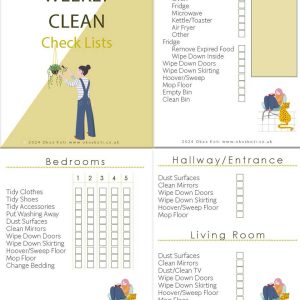Dust Mites in the Home
Dust mites in the home will affect most households at some point, and they live in many homes throughout the world. And thrive in warm, humid environments where they can survive year-round. In addition, they are commonly found in carpets, soft furnishings, bedding, clothing and even stuffed toys.
House dust mites are tiny creatures around a quarter of a millimetre long. There are approximately thirteen species of mites all of which are well suited to living within your home environment.

Although we cannot see dust mites with the naked eye in the home, they cause many health problems. Dust mites are a leading cause of year-round allergies such as eczema, allergic rhinitis, and even asthma.
Furthermore, these microscopic mites feed on tiny flakes of human skin that people shed daily. On average, a person may shed enough skin in one day to feed one million dust mites.
Also, the proteins in the dust mite’s droppings often cause an allergic reaction rather than the mite itself. When the humidity levels are low, most house dust mite will die Unfortunately, dead bodies and droppings are left behind. Therefore, still causes allergic reactions long after they have been killed.
Common Symptoms of Dust Mite Allergy
- Inflamed, red or watery eyes
- Itchy nose, mouth or throat
- Irritated Skin
- Cough
- Runny Nose
- Sneezing
- Stuffy Nose

5.4 million People in the UK are currently receiving treatment for asthma: 1.1 million children and 4.3 million adults (Asthma UK, 2017)
Top Tips to Prevent Dust Mites
When creating a prevention plan, you should look at the areas of your home that are mainly used, such as bedrooms and living rooms. Studies show that the bedroom is significantly more exposed to dust mites than any other room in the house, particularly the bed. Therefore, carpets, sofas, soft furnishings and soft toys need the closest inspection.
Some of the following tips can help lessen the allergic effects of dust mites in the home. Firstly, you can use allergen-proof barrier covers on mattresses, duvets and pillows, which prevent the escape of dust mite allergen.
Secondly, regularly wash all bedding at 60 degrees centigrade or above to kill dust mites. Finally, vacuum carpets periodically using a high filtration cleaner such as a HEPA as these remove a high proportion of tiny particles.
For more information on allergy and asthma triggers within the home. Refer to our article about “How pet dander in the home can affect your health”











